When the tide has just receded, Lach Ken estuary (bordering two communes Cuong Gian, Nghi Xuan district and Thinh Loc, Loc Ha district, Ha Tinh ) is bustling with people coming to dig clams and chisel oysters. Under the hot sun, thin bodies bend to make a living, as hard as storks and herons...
When the tide has just receded, Lach Ken estuary (bordering two communes Cuong Gian, Nghi Xuan district and Thinh Loc, Loc Ha district, Ha Tinh) is bustling with people coming to dig clams and chisel oysters. Under the hot sun, thin bodies bend to make a living, as hard as storks and herons...

From 6am, the Lach Ken estuary was bustling with the calls of clam and oyster diggers. Coincidentally, when the tide receded, everyone was there, ready for the journey to “earn rice” to feed their children.
For decades, Lach Ken has been a place for women in coastal areas in the districts of Nghi Xuan, Loc Ha, and Thach Ha to make a living. When gardens and fields cannot help them make a stable living, clam digging and oyster digging are considered “salvation” jobs.
Clam diggers in Lach Ken are mostly women, they have been doing this job for decades.
Quickly, after a few minutes of preparation, small groups spread out in different directions, the clam diggers went down to the creek, the oyster diggers went to the rocks and sand dunes.
Wading out into the water, half a body deep, Ms. Nguyen Thi Ly (48 years old, resident of Thinh Loc commune, Loc Ha district) lowered her "tool" to the ground, which was a bamboo handle about 2m long, with a U-shaped steel blade attached to the end of the handle. The woman bent down, used all her strength in both hands to press the handle, pressed the rake blade into the mud and then walked backward. By doing so, the clams would get stuck in the rake blade. Hearing the sound of the clams hitting the iron blade, Ms. Ly bent down to pick them up and put them in her bag.
Ms. Ly shared: "Clam raking often follows the tide, going when the tide goes out is the right time. In winter it is freezing cold, in summer it is so hot that it burns the skin. Sometimes I get heatstroke and faint without realizing it. Many times I want to quit, but if I don't work, the family of five won't know where to look for food."
For generations, Lach Ken has been blessed with many types of products, helping many coastal people have a "livelihood".
In the group of clam diggers, only Mr. Nguyen Van Thang (59 years old, resident of Cuong Gian commune) is a man. According to Mr. Thang, in the past there were quite a lot of people doing this job, but then the number of people gradually decreased because the work was hard and the income was not much.
“Clam raking is often a gamble with luck. Some days you can earn 200,000 - 300,000 VND, but there are also days you work all day and only earn tens of thousands of VND. This job is very hard, almost everyone suffers from back pain, joint pain, and skin diseases. It is hard work and the income is low, so when there is an opportunity, many people quit and look for other jobs,” Mr. Thang confided.
Only by witnessing it with your own eyes can you understand the hardships of clam diggers. They have to soak in sea water for hours under the hot sun, everyone is soaked.
Their hands were covered with cuts from clams, and their feet were cut from stepping on clam and mussel shells. It was hard work, but they all struggled to make a living. Every time they went to rake clams, they worked very fast, because otherwise the tide would come in.
Oyster diggers make a living in Lach Ken.
On the rocky beach where she digs for oysters, Mrs. Tran Thi Nhung (58 years old, resident of Loc Ha district) is walking as if she is running. For nearly 20 years, this job has helped her earn extra money to support her life and send her 3 children to school.
Not far from Mrs. Nhung, Mrs. Vo Thi Mai (75 years old, resident of Song Nam village, Cuong Gian commune) is diligently prying oysters from the sand. For nearly 40 years, she has tried to stick with her job. Her advanced age, combined with the hot weather, makes her work even more difficult. In the middle of the vast Lach Ken, Mrs. Mai's figure is as small as a mushroom.
At the age of 75, Mrs. Mai still has to work as an oyster digger to earn money to take care of her family.
Every time she raked an oyster, she smiled. Her haggard, sunburnt face suddenly brightened. At that moment, she thought of her family having a more complete and decent meal.
Mrs. Mai shared: “For generations, Lach Ken has provided abundant resources, however, to exploit those resources, we have to sweat and cry. At this age, I should be able to gather with my children and grandchildren, but due to difficult circumstances, I have to accept oyster digging. If one day I do not go to the sea, my worries will be heavier. Therefore, I do not know when I will be able to rest.”
Small joys of oyster diggers making a living at Lach Ken estuary.
The sun was high in the sky, the tide was rising, everyone was hurrying to the shore to return home. At the estuary, each person had a different situation but they all had one thing in common: they carried on their shoulders the heavy burden of making a living, and were hardworking.
Each trip of clam digging and oyster digging is a journey that lights up the dream of a prosperous and fulfilling life. Tomorrow, when the tide recedes, a new life of making a living at the estuary begins...
Article and photos: Ngoc Thang
Presentation & technique: Huy Tung - Khoi Nguyen
2:01:08:2023:09:14
Source




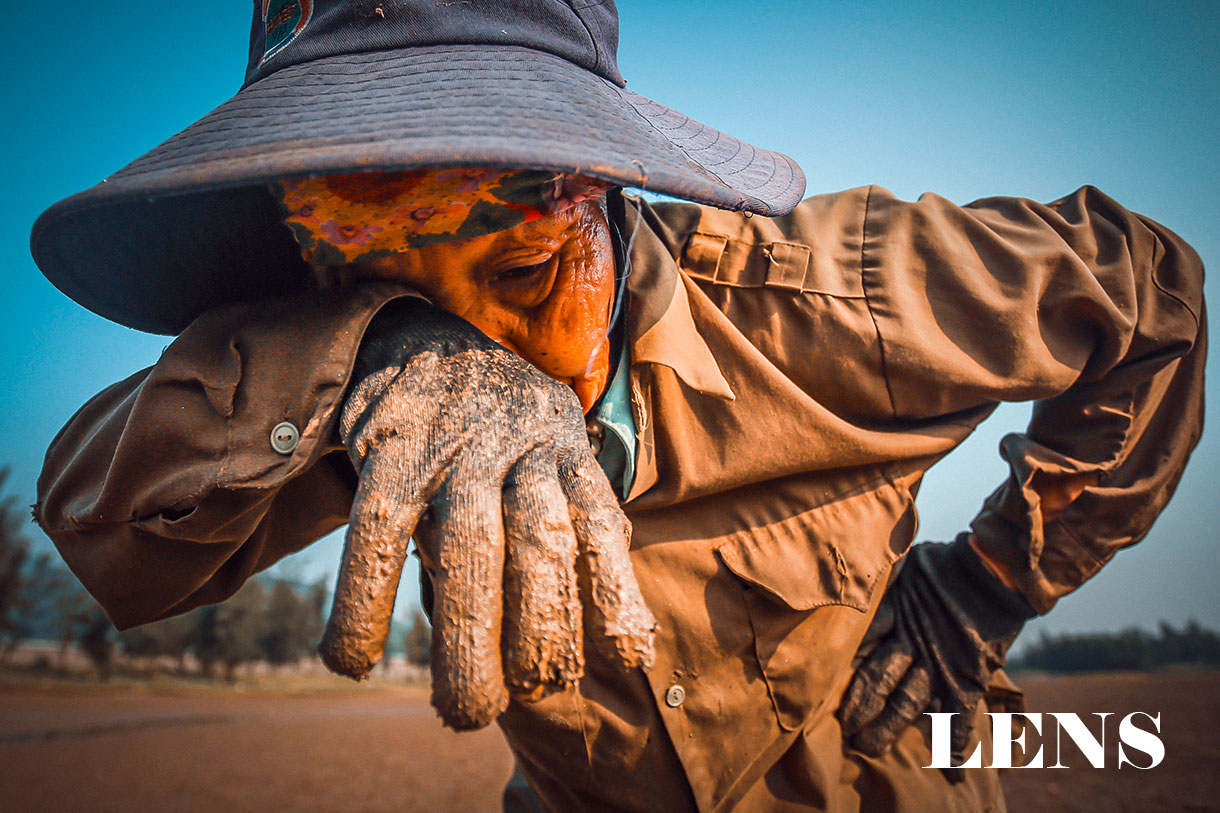

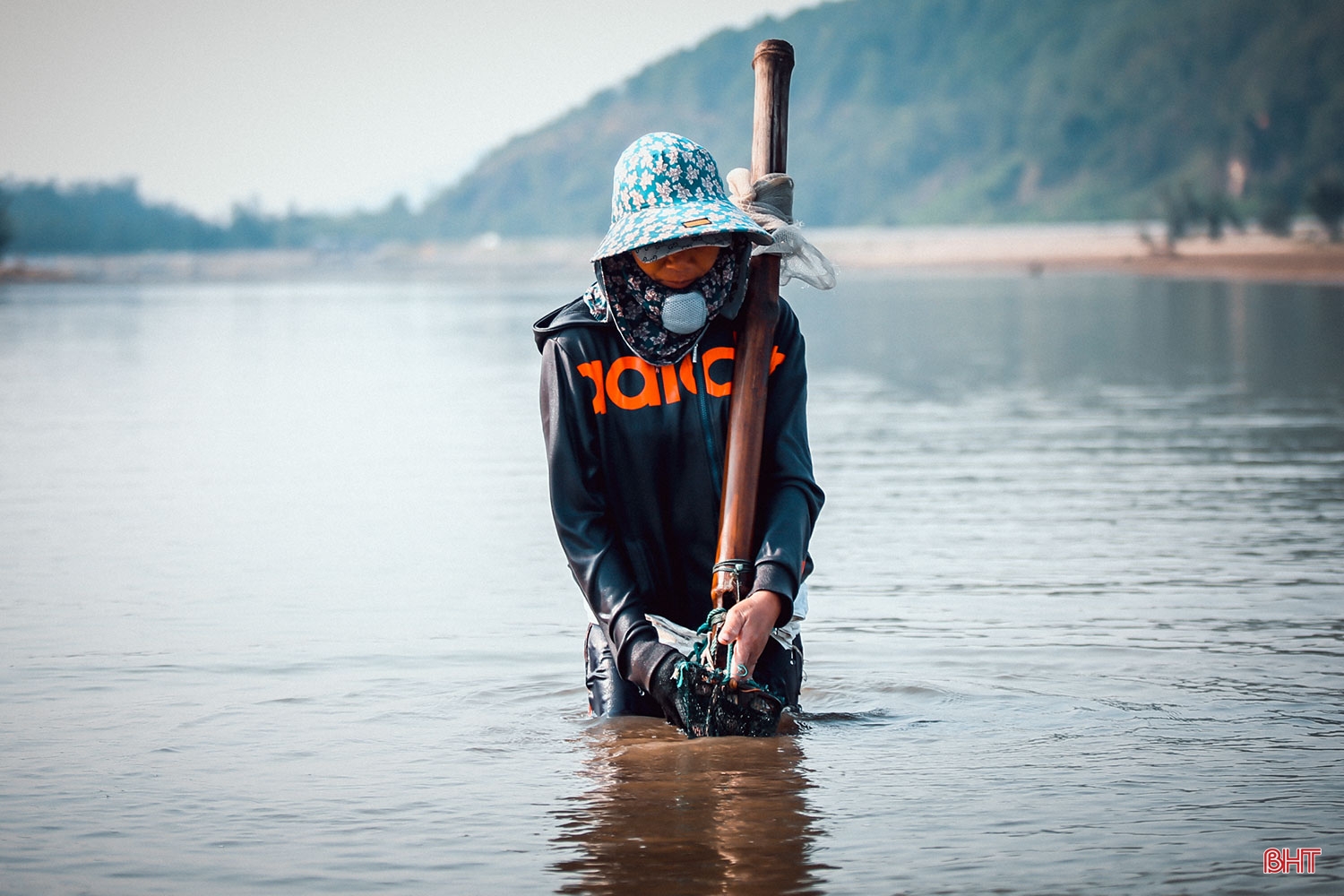
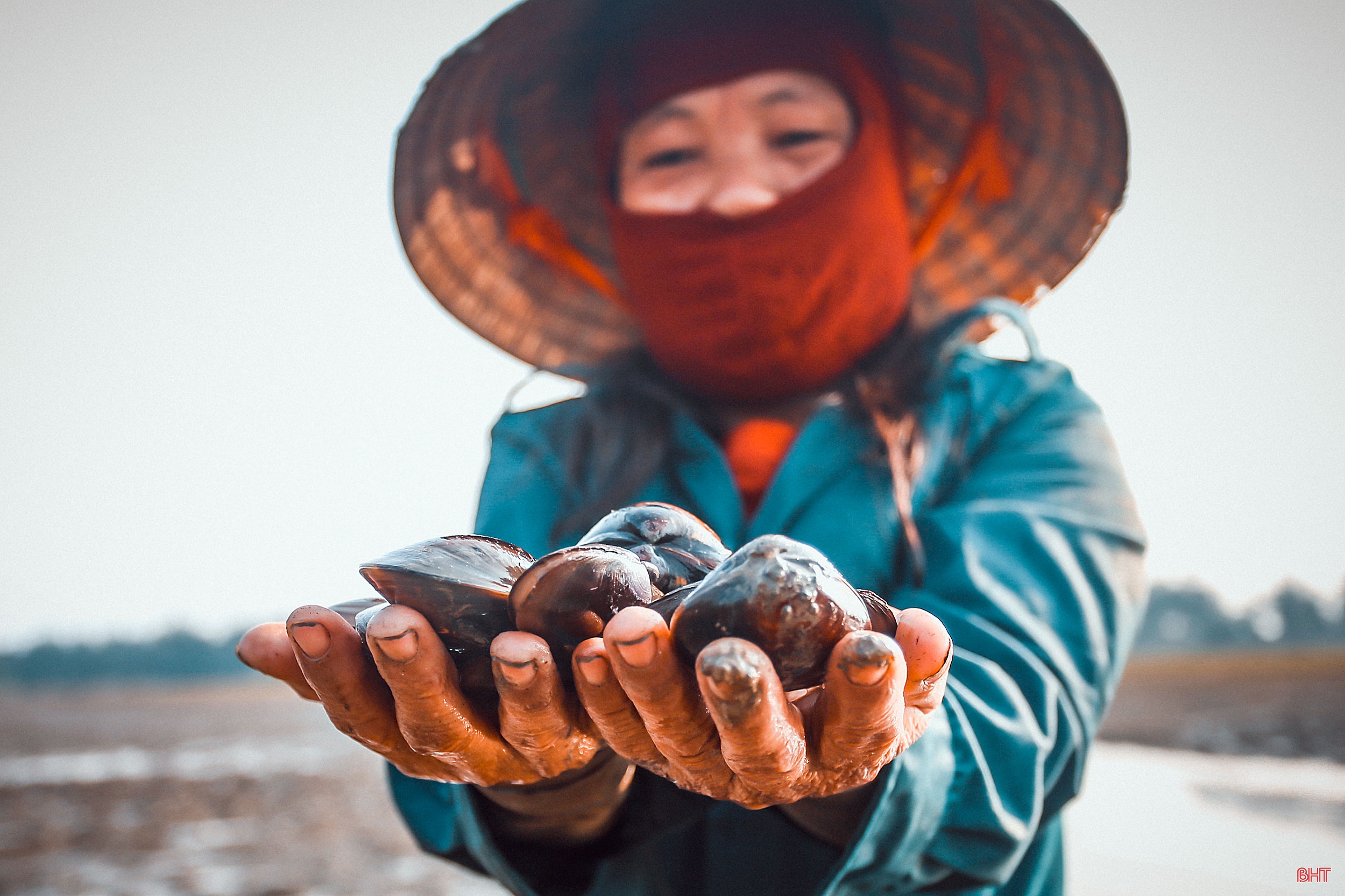
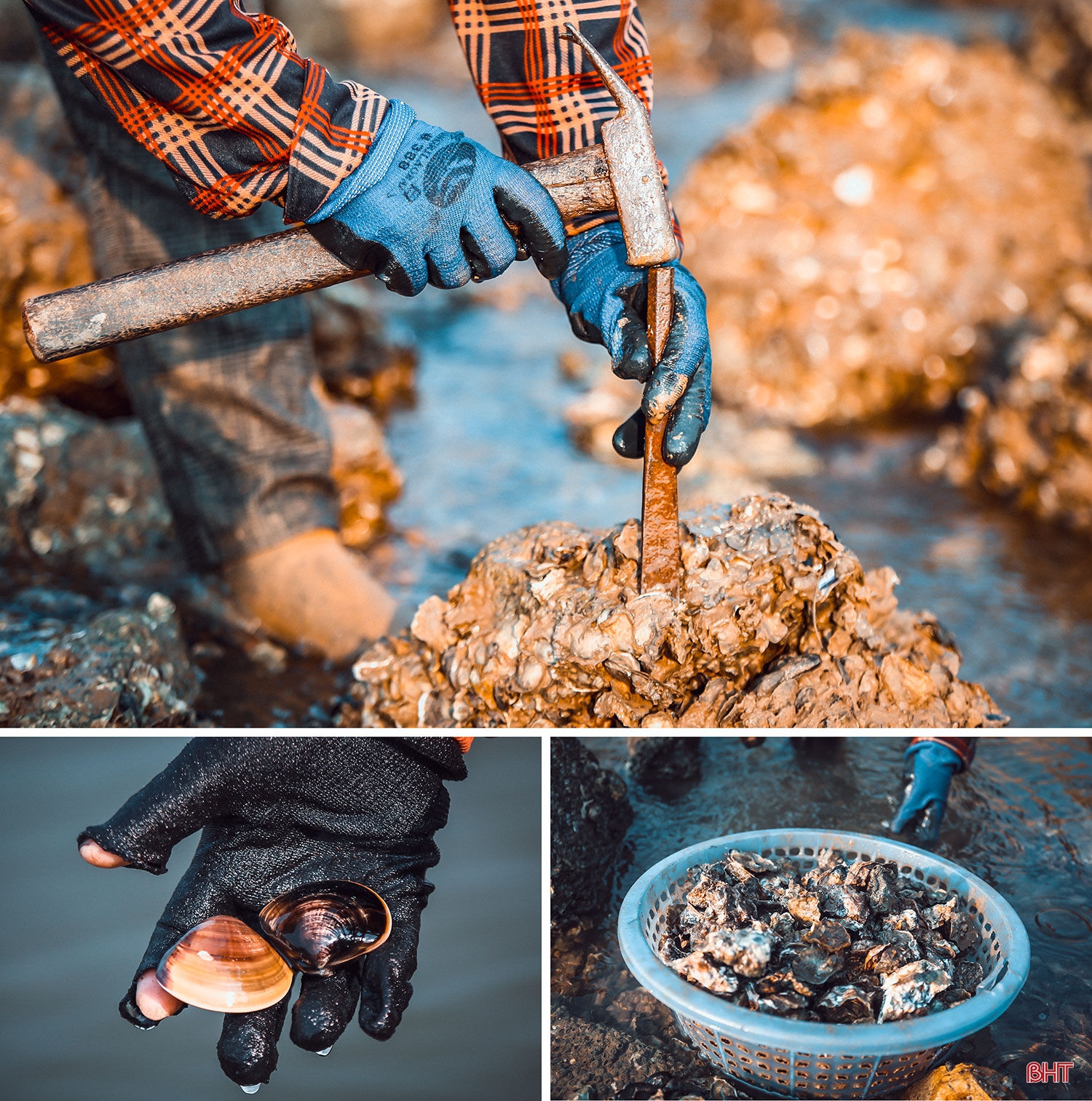
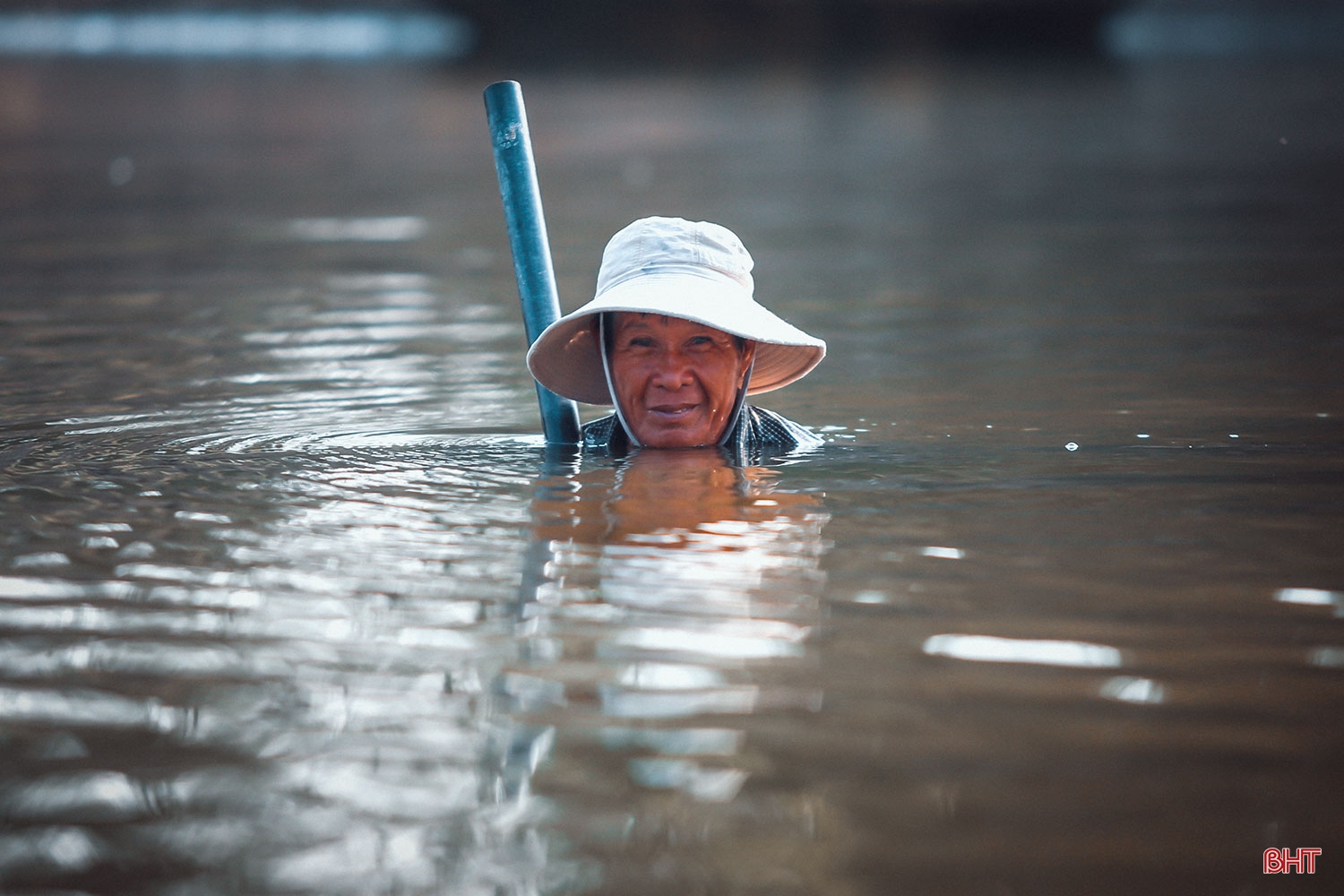
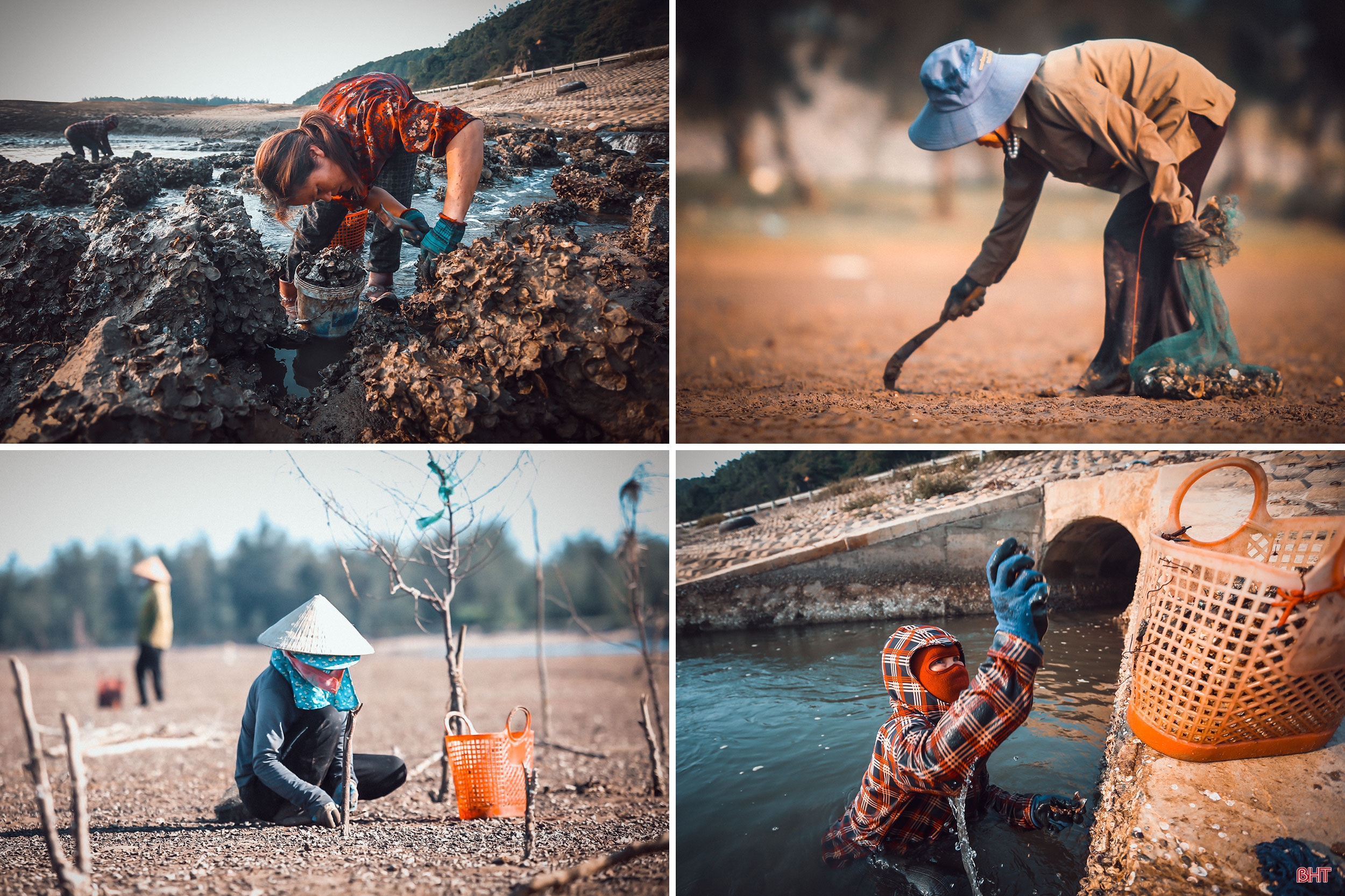
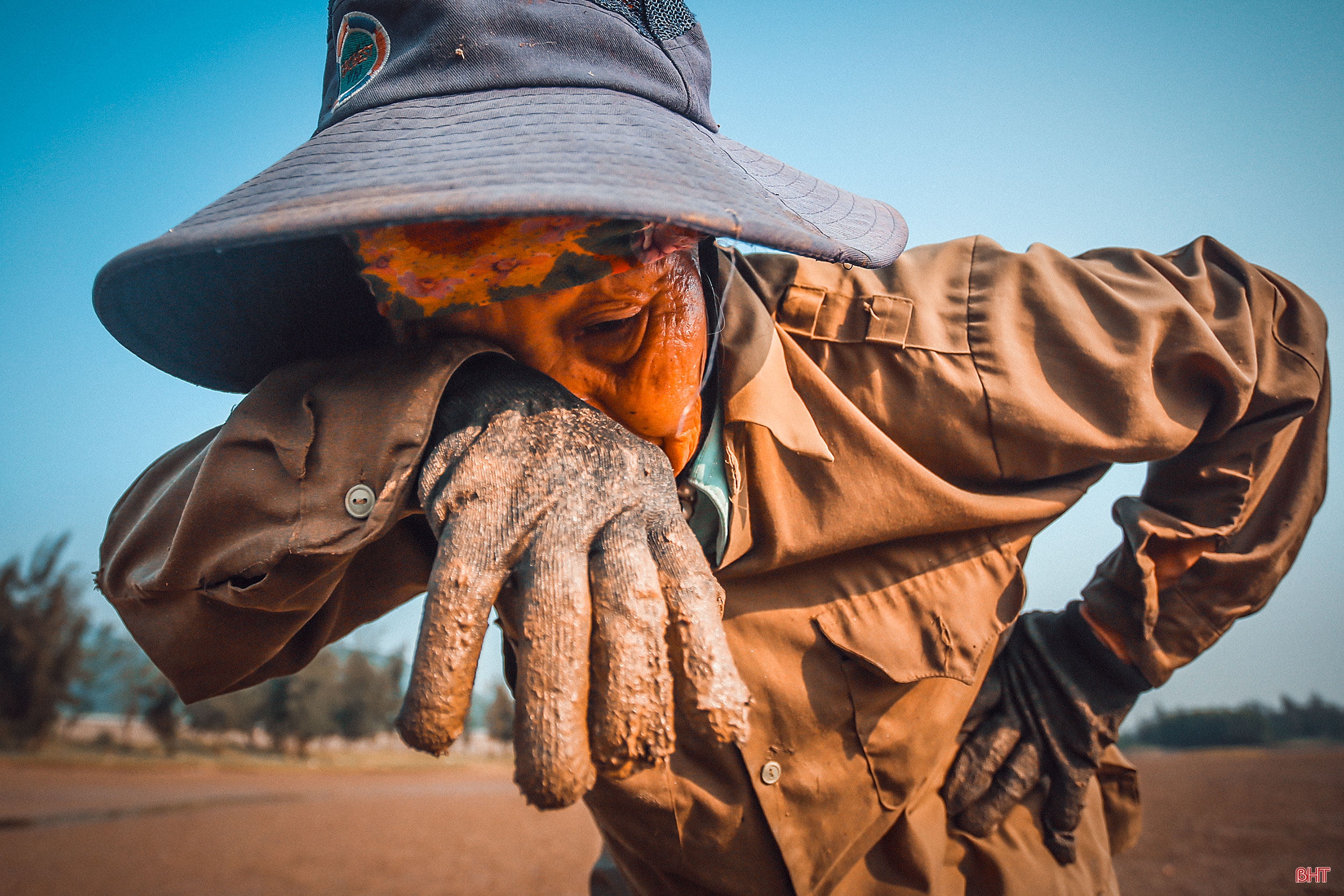
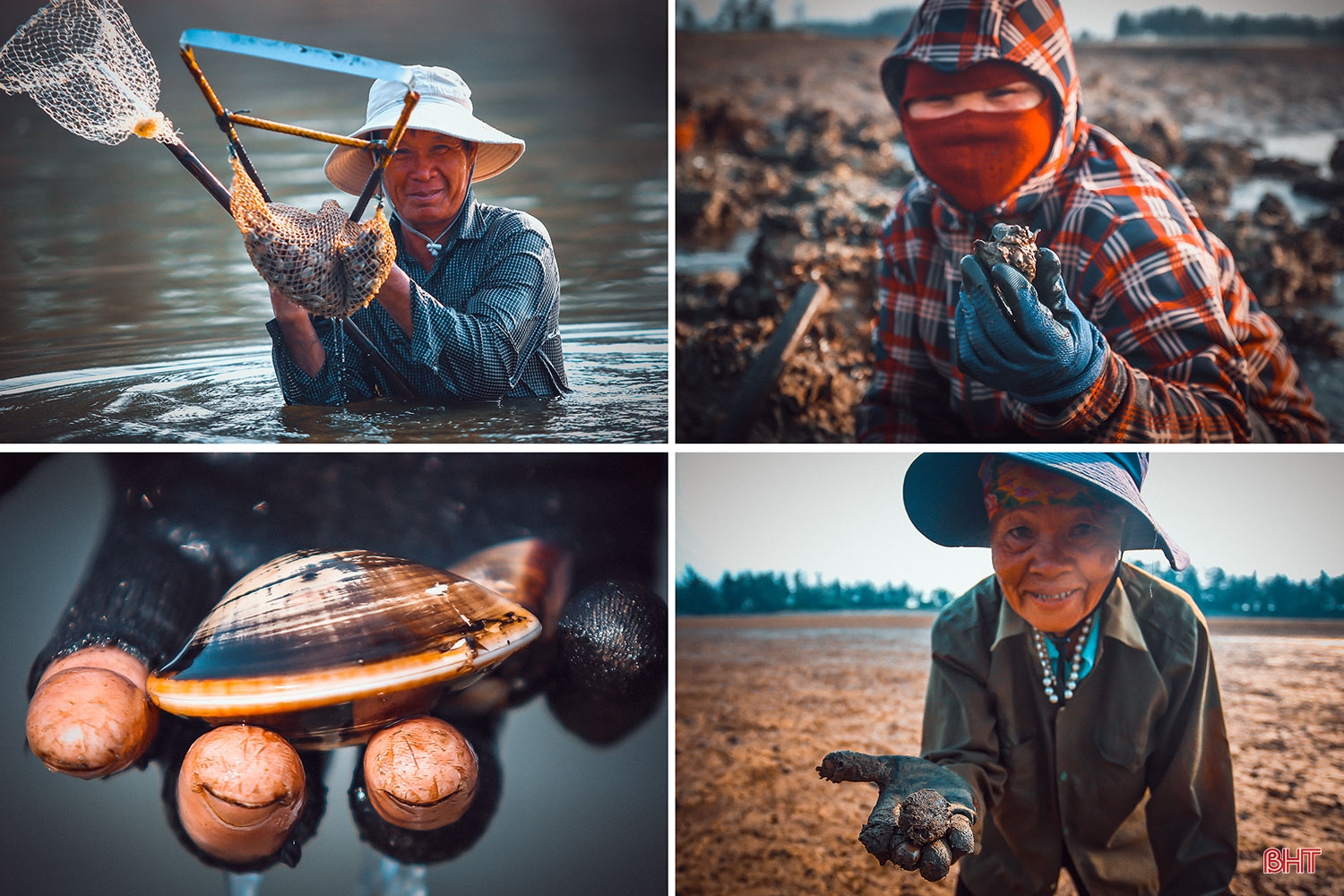




![[Photo] Hanoi morning of October 1: Prolonged flooding, people wade to work](https://vphoto.vietnam.vn/thumb/1200x675/vietnam/resource/IMAGE/2025/10/1/189be28938e3493fa26b2938efa2059e)
























![[Photo] Panorama of the cable-stayed bridge, the final bottleneck of the Ben Luc-Long Thanh expressway](https://vphoto.vietnam.vn/thumb/1200x675/vietnam/resource/IMAGE/2025/9/30/391fdf21025541d6b2f092e49a17243f)










































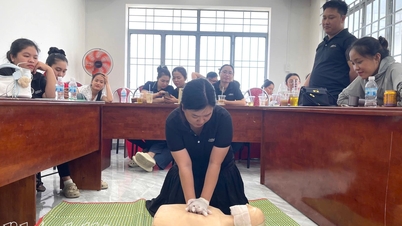

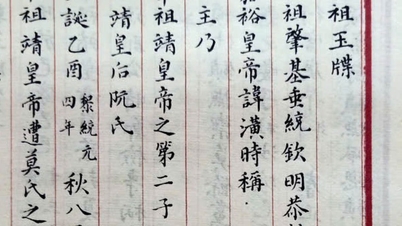
















Comment (0)